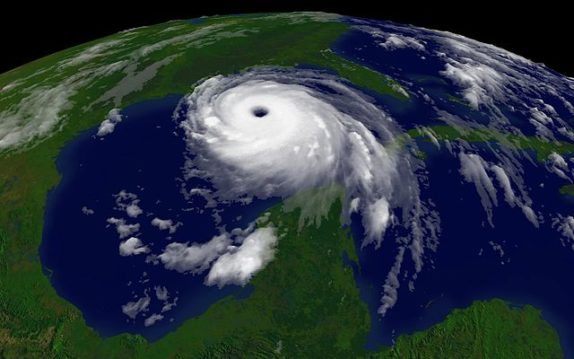
April 21, 2017; Forbes
Last Friday, the Bayou District Foundation and New Orleans’ City Park opened Bayou Oaks, a new municipal golf course designed by Rees Jones. The championship-caliber golf course 10 minutes from downtown New Orleans replaces two 18-hole golf courses deluged by Hurricane Katrina.
With $15 million in public money (including FEMA reimbursement dollars) and $9 million in private contributions (one of the largest private funding investments in New Orleans City Park history), Bayou Oaks is being compared to preeminent public courses like Bethpage Black Course in Long Island, N.Y., and Torrey Pines Golf Course, built on the site of an old U.S. Army base along coastal cliffs in La Jolla, California. Jones redesigned both.
Jones preserved the old oak trees and lagoons that Katrina nearly destroyed. The hope is for the new golf course to become a regional destination for golfers and a possible site for the PGA Tour’s Zurich Classic. Modeled after East Lake community redevelopment in Atlanta (with another golf course redesigned by Jones), Bayou Oaks hopes for “A Miracle at East Lake” to happen for New Orleans City Park’s neighboring community, specifically Columbia Parc.
“It’s the dawn of a new day,” says J.T. Hannan, the director of public & governmental affairs for The Bayou District Foundation, which has led the development of a comprehensive community model that includes 685 mixed-income residential units spanning 13 city blocks. “You won’t just revitalize a golf course or neighborhood, but an entire community. It will be a multi-generational asset.”
Partnering with the nonprofit consulting firm Purpose Built Communities, the Bayou District Foundation was formed in 2006 to break the cycle of poverty in Gentilly’s former St. Bernard public housing community. Nearly $400 million public and private investment in comprehensive, holistic, neighborhood redevelopment initiatives is now anchored by the recently opened, 685 mixed-income household residential community called Columbia Parc, less than five blocks from the 3rd hole at Bayou Oaks.
Sign up for our free newsletters
Subscribe to NPQ's newsletters to have our top stories delivered directly to your inbox.
By signing up, you agree to our privacy policy and terms of use, and to receive messages from NPQ and our partners.
Other nearby community initiatives include the nationally recognized Educare early childhood learning center, a new KIPP K-8 public charter school (2018), a community garden and recreation field, affordable single family home purchase program, new retail stores (2018), and the St. Thomas Community Health Center, all present within the Columbia Parc neighborhood footprint.
The 1,300-acre City Park is located in the heart of New Orleans and is the largest recreation area for the entire metropolitan area. Attractions include the New Orleans Botanical Garden, Storyland fairytale playground, the Carousel Gardens Amusement Park, and numerous athletic venues. With the opening of Bayou Oaks, the percentage of New Orleans City Park devoted to golf courses is 38 percent less than previous allotments prior to Hurricane Katrina, allowing more of the park to serve as green space and popular festival grounds.
The State of Louisiana, FEMA, the Bayou District Foundation, and New Orleans City Park funded the project. Bayou District Foundation will operate the new golf course. New Orleans City Park has offered golf for more than 115 years, hosting the New Orleans Open from 1938–1962. Hall of Famers Gene Sarazen, Byron Nelson, Ben Hogan, Sam Snead, Gary Player, Arnold Palmer, and Jack Nicklaus have all competed at New Orleans City Park.
One of the many tragedies of Katrina was that so many of New Orleans’ poorest and already most traumatized residents were forced to leave. The Institute for Women’s Research tells some of their stories in this impressive report. The horror and outrage in the face of indifferent authorities during the flooding led to feelings of abandonment—nothing new, but enough to compel them to leave the city.
The new Columbia Parc neighborhood that will benefit from the revenue generated by Bayou Oaks is built atop the demolished St. Bernard Projects, one of the city’s former four major public housing complexes. The Columbia Parc residents are the lucky ones. But memories of Katrina mean that many of these residents will require more time to feel lucky.—James Schaffer













